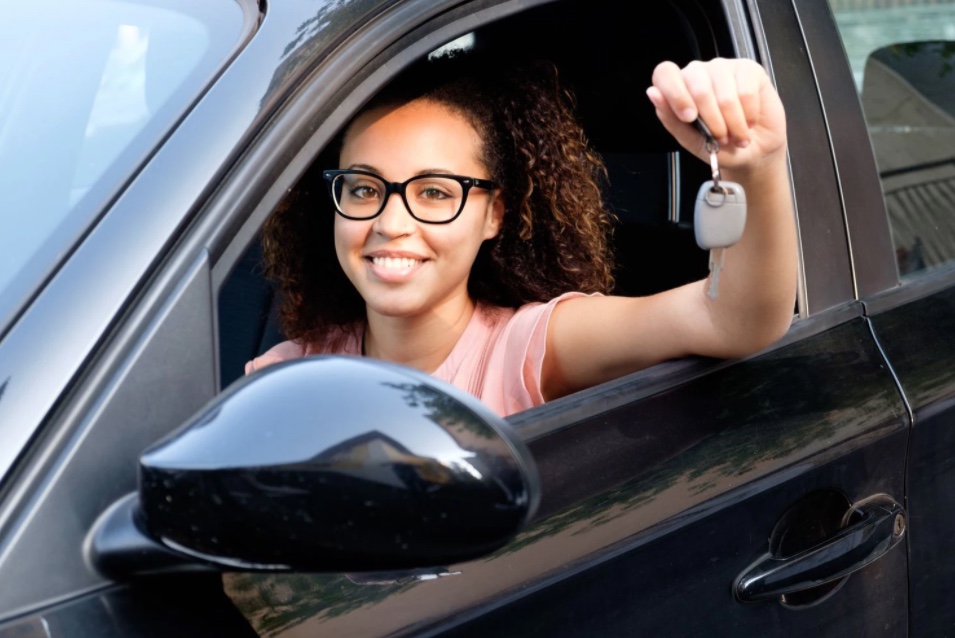
National Teen Driver Safety Week is here! This is a great time for parents and adults to talk about safe driving with their teenagers in their lives. Getting a driver’s license is a big step for teens, giving them freedom, but also a lot of responsibility.
Car accidents happen very often. In fact, crashes are the number one cause of death for 15- to 20-year-olds, and many teens who die in crashes weren’t wearing a seatbelt. To help keep our young drivers safe on the road, here are some important tips to discuss:
Always Buckle Up
Whether driving or riding as a passenger, wearing a seatbelt can save a life. It keeps you from being thrown from the car or getting seriously hurt in a crash.
Put Down the Phone!
Teens love using their phones to call, text, and play music. But all of these things take your attention away from the road. Make a plan with your teen to put the cell phone in the console or glove compartment while driving. Even quick calls using Bluetooth can distract a new driver. No phone call is worth a life, and it can always wait until the car is parked.
Limit Distractions
Cell phones aren’t the only things that distract young drivers.
- No Alcohol: Alcohol should never be in a vehicle.
- Limit Passengers: Too many loud teenagers in a car can distract anyone.
- Lower Music: Keep music at a reasonable level so you can hear important sounds like sirens and horns.
Parents, Stay Involved In Your Teens Driver Safety
Your involvement is crucial for your teen’s driving safety.
- Drive Together: Spend time driving with your teenager.
- Driving Safety Programs: Enroll them in a driving safety program. Your insurance company might even offer discounts for these programs.
- Be a Role Model: Most importantly, set a good example by practicing these safety tips yourself.
Don’t Forget Good Vision!
VisionFirst wants to add one more critical tip: make sure your teen has the best vision care. Teens often don’t realize or won’t say if they’re not seeing their best. While they take a quick eye test for their driver’s license, a comprehensive eye exam is needed to accurately check their vision, see their side vision, and find any other eye concerns.
Driving can feel scary, but with the right training, safe driving plans, and good vision, your teen can enjoy many years of safe driving. If your teen is a new driver or about to start driving, be sure to schedule a comprehensive eye exam at one of VisionFirst’s 16 locations in Kentucky and Southern Indiana.
